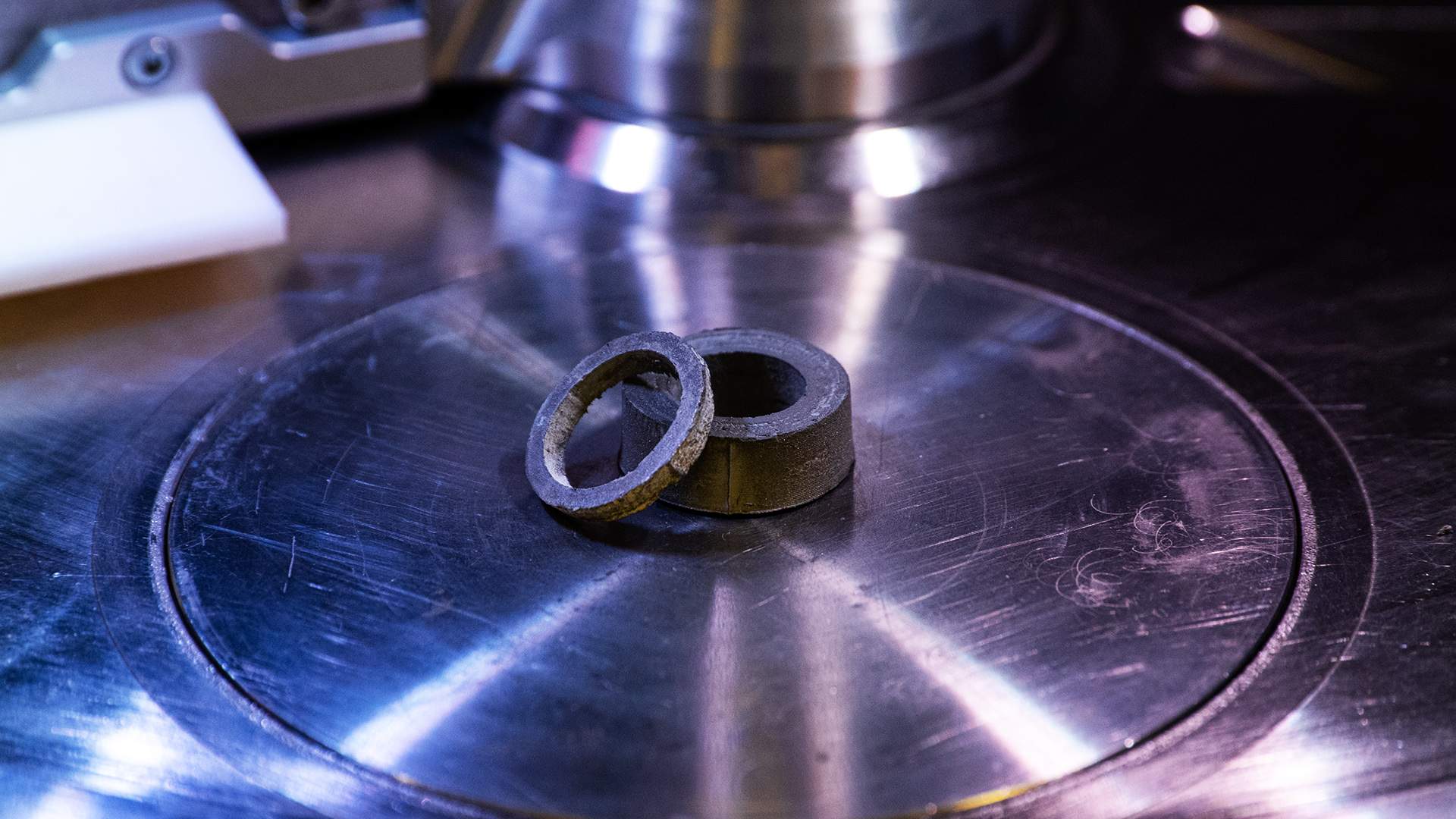- Статьи
- Science and technology
- Marketed Lands: 3D printing of rare elements will improve engines and electronics
Marketed Lands: 3D printing of rare elements will improve engines and electronics

Russian scientists have proposed a technology for the production of magnetic materials with rare earth elements using 3D printing. The method will allow mass production of products with a complex internal structure and configuration of force fields, which will improve their properties. The materials are in demand in high—tech industries such as aviation, astronautics, medicine, and others. Magnets made in this way can serve for decades and centuries, experts say.
How Rare Earths and 3D printing will improve magnets
Scientists from the Ural Federal University and the Institute of Metal Physics of the Ural Branch of the Russian Academy of Sciences have created a 3D printing technology for high-energy permanent magnets using rare earth metals. The project was implemented under the leadership of the private institution Science and Innovation (part of Rosatom) within the framework of the unified sectoral thematic plan of the state corporation.
As the developers explained, permanent magnets are products that can create a magnetic field around themselves and maintain it for a long time without wasting energy. At the same time, additives of rare earth metals increase the energy capacity of electromagnetic systems by five to six times and increase their resistance to high temperatures and aggressive environments.
The new method makes it possible to manufacture magnets based on neodymium and iron. At the same time, two types of additives allow for improved properties. In the first case, by adding praseodymium, terbium and dysprosium, scientists obtain materials that work at 200 degrees, and in the second case, an admixture of samarium and cobalt allows products to function at 550 degrees.
— At this stage, scientists are investigating magnetic effects at the nanometer level. In turn, 3D printing makes it possible to achieve manufacturing accuracy of several microns. Controlling magnetic fields on such a scale makes it possible to achieve completely new energy performance of electromagnetic devices. At the same time, efficiency losses are reduced by reducing eddy currents during operation," Alexey Dubh, first deputy director of the private institution Science and Innovation, explained to Izvestia.
He noted that the proposed additive technologies will help put the manufacture of complex smart electromagnetic systems on stream. Currently, the developers have received permanent magnets measuring 10x10x3 mm. This is an average standard size, but the product can be increased or decreased if necessary.
In which industries are magnets in demand?
For comparison: in modern smartphones, devices with speakers, microphones, and vibration sensors use devices about 1 cubic meter in size. mm, and in the rotors of electric vehicle engines — products with parameters of the order of 50x50x20 mm.
— Permanent magnets with rare earth metals, especially from samarium-cobalt, are in demand in the aircraft industry and the space sector. That is, where everything should work reliably, without failures. In addition, permanent magnets have also been used in modern electric cars. This made it possible to reduce the size of the engines, their weight, and increase wear resistance and efficiency by 10-15%," said Alexey Volegov, head of the research team and head of the Department of Magnetism and Magnetic Nanomaterials at UrFU.
The magnets proposed by the developed technology are not inferior to their world counterparts, and in some characteristics they surpass them, the scientist specified. Such products can last for decades or even centuries.
According to Alexey Duba, Rosatom specialists are currently designing a separation plant at the Solikamsk Magnesium Plant, where rare earth metals of the magnetic group will be isolated from the group concentrate. Thus, a full production cycle of permanent magnets and products made from them will be implemented in Russia.
— Magnetic materials play a key role in various industries. In electronics, they are used in the manufacture of cores for transformers, as well as in power tools. Power engineers use them in generators and engines, including equipment for wind and solar power plants. The automotive industry is introducing magnetic materials into control systems, sensors, and unmanned technologies. A separate area is aviation drones, where they are needed to create brushless electric motors and servos," explained Ales Loginov, Director of the Competence Center for Unmanned Aircraft Systems at Bauman Moscow State Technical University.
According to him, Russia has a strong scientific school in the field of magnetic materials research, but the potential of domestic developments has not been fully exploited due to insufficient demand for them from industry.
To develop these areas, it is necessary to increase research funding and stimulate domestic demand so that the production of magnetic materials becomes economically feasible, the expert noted. The development of the raw material base also plays an essential role. Finally, it is necessary to actively enter international markets, developing partnerships with foreign manufacturers and promoting Russian products abroad.
— In modern industry, the magnetic properties of materials are implemented in a wide variety of ways. For example, in engines, electromagnetic forces are used to convert energy into frictionless motion," explained Andrey Mironovich, Associate Professor of Materials Technology and Electronics at NUST MISIS.
In memory devices, a magnetic moment is used as an information carrier, and in medicine, magnetic nanoparticles are used to deliver drugs to diseased cells or heat certain areas of tissue, he added. In addition, magnetic particles in various filters purify water from heavy metals. In all these areas, rare earth elements enhance magnets, increasing their useful properties, the expert concluded.
Переведено сервисом «Яндекс Переводчик»





